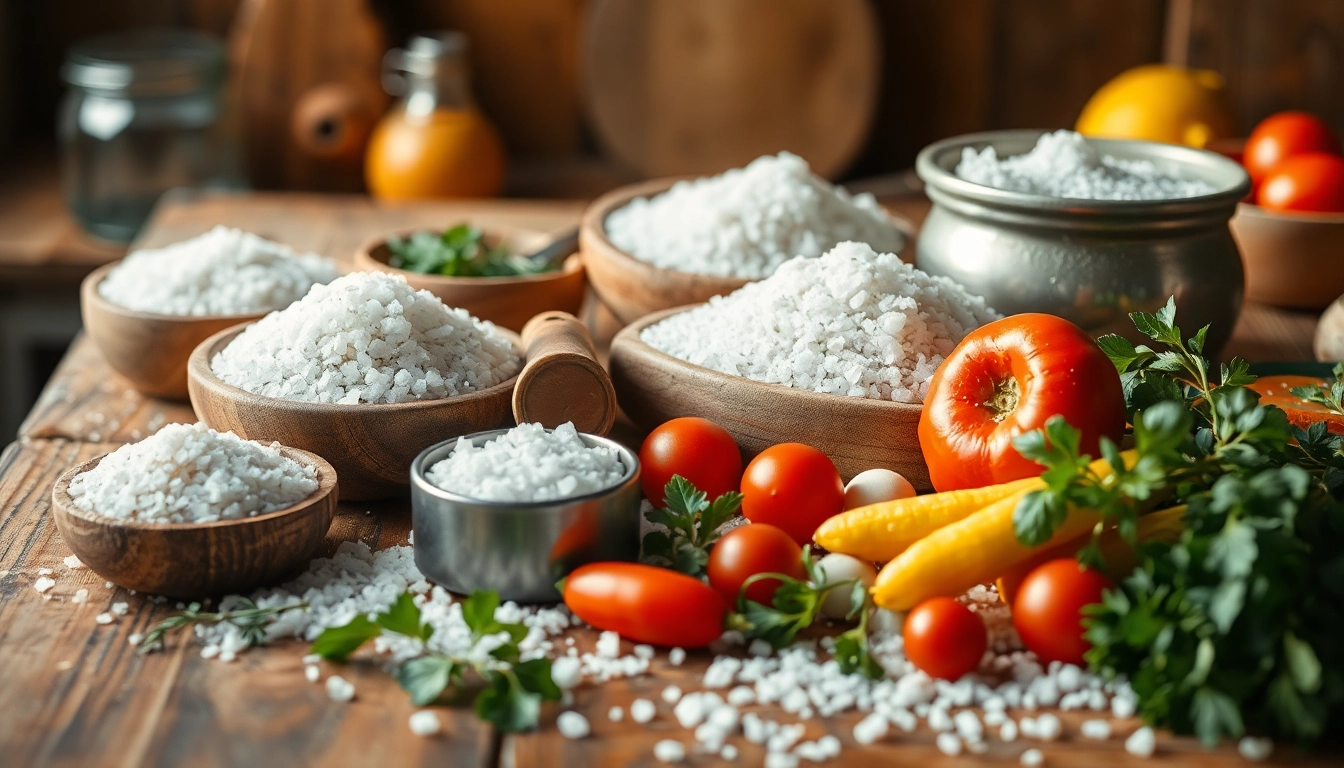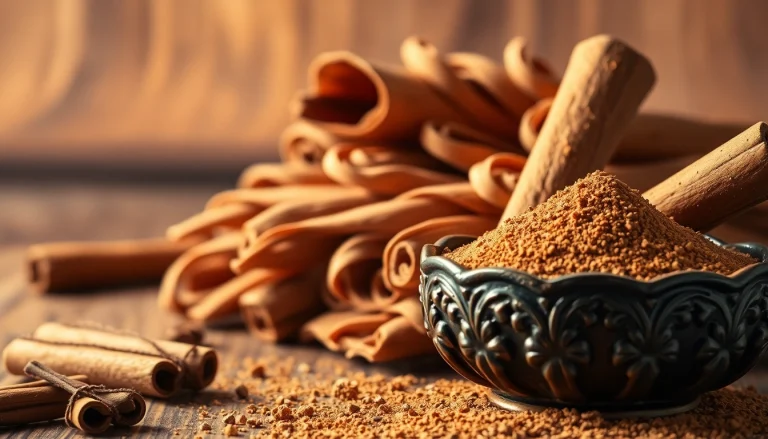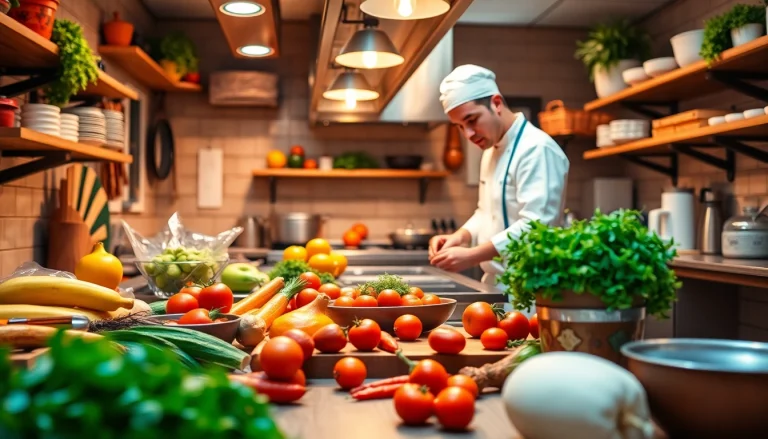Understanding Salting as a Preservation Method
Salting is a time-honored technique that plays a critical role in food preservation. It involves the use of dry edible salt to prevent spoilage and enhance flavor, linking it closely to methods like pickling and brining, which operate on similar principles. This method is not just about adding taste; it forms a barrier against harmful bacteria, fungi, and yeasts that can quickly spoil food. For those keen to explore the intricate art of salting, more information can be found on Salting and its various applications. This article aims to delve deep into the intricacies of salting, from its historical evolution to its modern applications and techniques.
What is Salting?
Salting refers to the process of applying salt to food to aid in its preservation and enhance flavor. This method has been utilized for centuries across many cultures, showcasing its significance in both culinary and preservation practices. The primary function of salt in this context is to draw moisture out of food, creating an inhospitable environment for spoilage-causing microorganisms. By doing so, it extends the shelf-life of food products significantly.
The Science Behind Food Preservation
The science behind salting lies in osmosis and dehydration. When salt is applied to food, it draws out moisture through osmosis, which prevents the growth of bacteria that typically thrive in moist environments. This process also leads to the formation of a hypertonic solution, further inhibiting microbial activity. Depending on the concentration of salt and the duration of application, salting can result in a range of flavors and textures, making it a versatile technique in the culinary world.
Historical Methods of Salting
Historically, salting was essential for preserving food, particularly before the advent of refrigeration. In ancient times, sailors relied on salted fish to sustain them during long voyages. Civilizations such as the Egyptians and Romans salted meats to prepare for winter scarcity. The method’s evolution has seen varying techniques emerge, such as dry salting, wet brining, and curing, each tailored to specific foods and climates. Even today, many traditional cuisines heavily incorporate salting, demonstrating its longstanding importance in culinary practices.
Types of Salts Used in Culinary Practices
Choosing the right type of salt is crucial when engaging in salting techniques, as each contributes differently in terms of texture, flavor, and usability. Here’s a breakdown of the most commonly used salts in culinary applications.
Coarse Salt vs. Fine Salt
Coarse salt typically has larger grains and is often used for dry salting applications, making it ideal for meats and vegetables that require a robust salting technique. On the other hand, fine salt dissolves easily and is more commonly used in baking and everyday cooking. Understanding the differences between these salts can help chefs determine the appropriate type for specific culinary needs.
Specialty Salts and Their Uses
Beyond coarse and fine salts, a variety of specialty salts offer unique properties that can enhance culinary creations. Himalayan pink salt, for example, contains trace minerals that contribute to its distinctive flavor. Sea salt, harvested from evaporated seawater, comes with its subtle mineral content. Additionally, smoked salts can impart a rich smokiness to dishes without the need for additional cooking techniques. Each specialty salt can alter both flavor and aesthetics in food preparation.
Choosing the Right Salt for Your Needs
When selecting salt for culinary practices, consider the end goal—whether you’re looking for preservation, flavor enhancement, or a textural element. Chefs should also experiment with different salts to discover personal preferences, as the type of salt can profoundly impact dish outcomes. For instance, using flaky sea salt as a finishing touch on a dish adds both texture and a visual appeal, elevating the overall dining experience.
Step-by-Step Guide to Salting Foods
Salting may appear simple, yet it involves several critical steps to achieve desirable results. Here’s a thorough guide to help you master the art of salting.
Preparing Ingredients for Salting
Proper preparation of ingredients is vital for successful salting. Start with high-quality fresh produce, as the best outcomes derive from the freshest ingredients. Clean and dry the items thoroughly to ensure optimal salt penetration. Consider cutting larger pieces into smaller portions to enhance flavor absorption, especially in meat and vegetables.
Different Salting Techniques
There are various techniques for salting that cater to different food types and desired outcomes. Dry salting involves coating the food directly with salt and allowing it to sit to draw out moisture. Wet salting, or brining, requires dissolving salt in water to create a solution in which the food item can soak. This method is often preferred for poultry and fish. Experimenting with these techniques can yield diverse results, so it’s beneficial to try multiple methods depending on the ingredients used.
Monitoring Salt Levels for Best Results
Throughout the salting process, it is crucial to monitor the salt levels. Over-salting can lead to inedible dishes, while under-salting might not provide adequate preservation. Use a scale to measure the ideal quantity of salt in relation to the weight of the food product, adhering to general guidelines. Taste and adjust as needed, particularly in cooking applications, to find the perfect balance.
Innovative Salting Applications Beyond Preservation
Salting extends beyond mere food preservation, with various innovative applications enriching the culinary landscape. These applications can enhance flavors and contribute to modern cooking practices.
Using Salting for Flavor Enhancement
Salt enhances food flavors, working as a flavor amplifier. It can balance sweetness and acidity, thereby achieving a harmonious taste profile. This role goes beyond being a mere seasoning; it transforms basic dishes into gourmet experiences. Understanding how to use salt effectively can be a game changer in culinary arts.
Salting Techniques in Modern Cooking
Modern chefs integrate salting techniques into more complex culinary creations. Whether it’s using a salt crust for baking fish or applying salt to enrich with a flavor infusion, inventive use of salt redefines cooking standards. For example, sous-vide cooking often employs salting as a pre-treatment to season proteins effectively before sealing them in their vacuum bags.
Adapting Traditional Salting for New Recipes
While traditional salting methods remain vital, adaptation to contemporary recipes is essential. Chefs can merge long-established techniques with new inspirations, creating unique recipes that pay homage to their roots. For example, affining cheeses using ancient salting techniques can lead to innovative flavors that surprise and satisfy modern palates.
Potential Challenges and Solutions in Salting
As with any culinary technique, salting does come with challenges. Understanding these potential pitfalls allows chefs to navigate and create extraordinary dishes.
Common Mistakes to Avoid
Some common mistakes in salting include neglecting to taste the food after salting and failing to account for the type of salt used. Coarse salt requires more time to dissolve, potentially leading to uneven salting if not monitored properly. Additionally, be wary of the salt content in pre-packaged foods, as this may interfere with your salting efforts.
How to Adjust Saltiness in Dishes
Adjusting saltiness post-cooking can be challenging but not impossible. Incorporating acidic elements like lemon juice or vinegar can offset over-salting. Alternatively, adding bulk ingredients like rice, potatoes, or bread can help absorb excess salt in soups and stews. Experimenting with these adjustments can yield satisfying results.
Recommendations for Successful Salting
Successful salting requires a combination of quality ingredients, precise measurements, and a keen understanding of flavors. Start with minimal salt and build as necessary, allowing for adjustments during the cooking process. Keeping a salt journal can also be beneficial for tracking what methods and quantities worked best in various applications.








